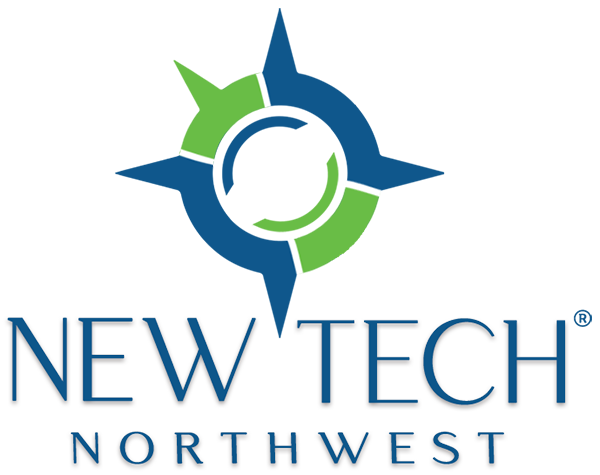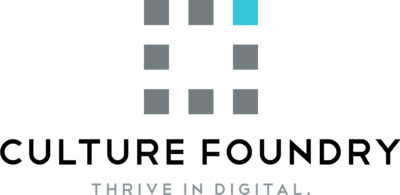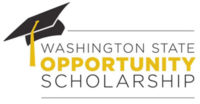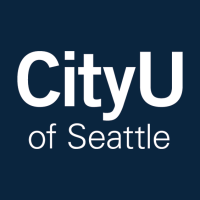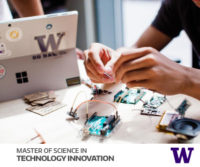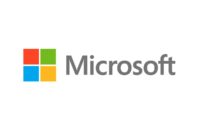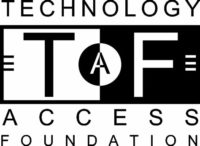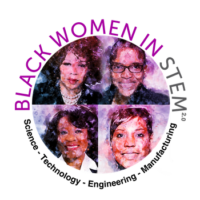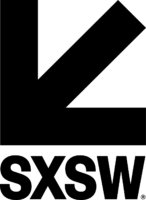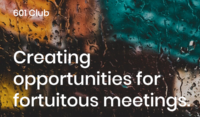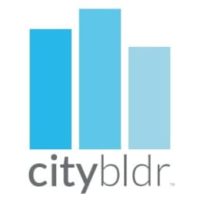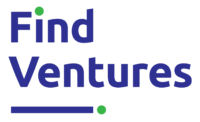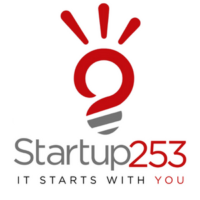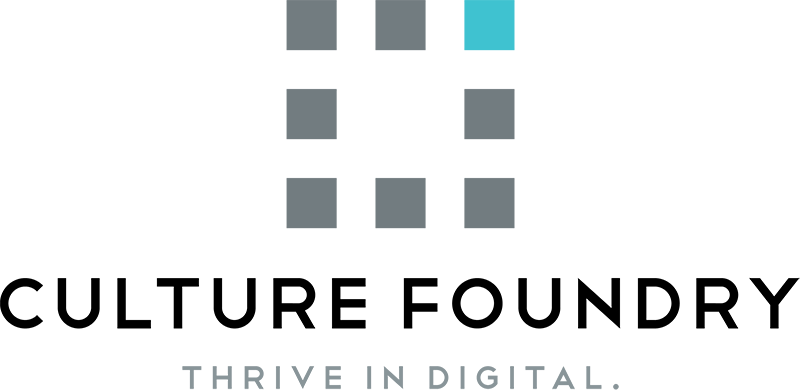 Our New Tech Seattle theme for July is diversity in tech. In anticipation of next month’s Seattle event, we are pleased to sit down with one of our presenters, Christy Johnson, founder and CEO of Artemis Connection. Christy is an intrapreneur, entrepreneur and strategist and Artemis Connection is her fourth start-up.
Our New Tech Seattle theme for July is diversity in tech. In anticipation of next month’s Seattle event, we are pleased to sit down with one of our presenters, Christy Johnson, founder and CEO of Artemis Connection. Christy is an intrapreneur, entrepreneur and strategist and Artemis Connection is her fourth start-up.
She also founded PNW IDEA (Inclusion, diversity, equity and access), a group of over one hundred Seattle professionals who are working on diversity, equity and inclusion issues. The group meets monthly to share challenges and best practices.
We asked Christy for her perspective on a range of topics related to diversity and inclusion in tech, and we’ve edited down our conversation into a two-part series for length.
What are some of the diversity and inclusion challenges you see facing the tech industry?
There are a host of challenges in the tech industry, but there are also some opportunities that go along with those challenges. If you look at the numbers, the diversity you see in some of the most important areas of tech – engineering, development, product and design – we just don’t see diversity that matches society. What you are often seeing is an inclusion problem.
These companies are churning diverse talent at a higher rate than they are churning their majority talent. There could be a lot more objectivity and honesty about what’s really going on in their organizations. And there are a whole host of reasons why companies don’t seem to want to engage in those conversations.
How have some of these issues changed in recent years?
There have been a number of changes. “Me Too” and situations where people are actually losing their jobs. That’s new. Major companies that have been around for a long time are going out of business because they’ve had issues with harassment. That’s new.
And this younger generation expects a lot more transparency. Gender wage gaps and people of color wage gaps are coming to light because they’re sharing their compensation information, which older generations would never have thought of doing. This is only going to increase as Gen Z enters the workforce.
What are some trends you’re seeing to elevate diversity and inclusion efforts at tech companies?
We’re noticing a trend where diversity, equity and inclusion is moving out of human resources and into employer brand communications. For example, some people within organization’s realized that this change gets them access to more budget – which it has – and more attention. And there’s often a herd mentality in high tech. If one organization makes a change, others follow. So, it’s hard to know what’s driving this change but it will be interesting to watch over time.
Are there examples of tech companies getting it right when it comes to addressing diversity and inclusion?
Intel is really interesting. You can see in Intel’s diversity and inclusion numbers that they started being very intentional. This came from senior leadership trying to get more diversity into engineering and key functional areas. The entire leadership team is committed to this topic, and they would review the numbers and talk about what they could do to hold each other accountable.
Intel also instilled a culture of championing, which is something anyone could do if they wanted. There was a realization that every single day senior leaders are creating opportunities for others and it’s often in the form of ad-hoc projects. These ad-hoc projects are great opportunities to include diverse talent because it gives those employees visibility, helps them connect with leaders, teaches them new skills and gets them to think outside their professional area.
A company locally that really surprised me was the Mercedes-Benz Research & Development department here in Seattle. They have more diversity in their engineering and development teams than most companies we see. While those numbers still don’t mirror society, they’re seeing progress year over year. And they have some of the highest numbers we’ve seen anywhere. They’ve been very intentional about this, looking for untapped pools of talent and asking for referrals. They’ve been able to retain people in their dev and engineering teams as well.
Before we conclude the first part of this interview, what do you hope attendees will take away from the event next month?
I want people to walk away with some very specific actions that they can take to their organizations. I hope to leave them with a set of metrics as well as leading and lagging indicators that they can track. I also hope they leave realizing that everyone – no matter your role or tenure in an organization – can impact this issue.
Thank you for your time, Christy. We look forward to the second part of our conversation next week!
